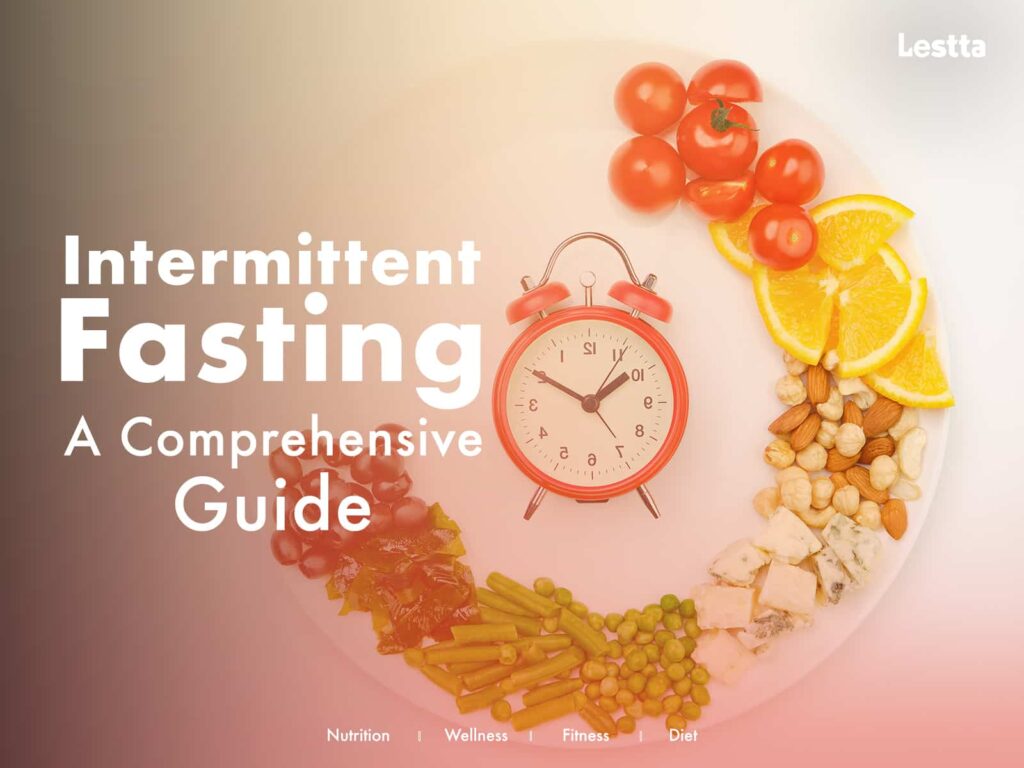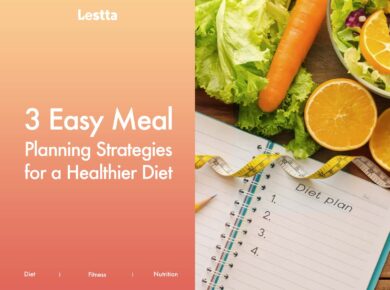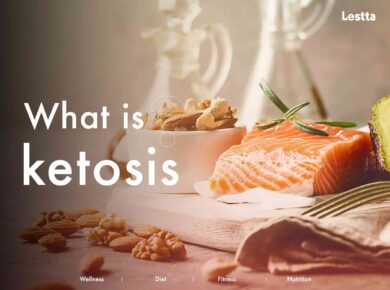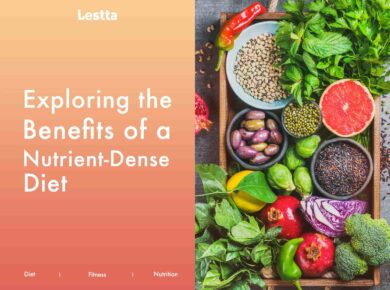
Intermittent fasting (IF) has gained popularity as an effective approach to weight management and overall health improvement. It is not just a diet; it’s a way of eating that involves alternating between periods of eating and fasting. This comprehensive guide will explore the concept of intermittent fasting, its various methods, potential benefits, and tips for getting started.
What is Intermittent Fasting?

It is an eating pattern that cycles between periods of eating and fasting. Unlike traditional diets that focus on what you eat, IF is more concerned with when you eat. It doesn’t restrict specific foods but instead focuses on structuring mealtimes to maximize the body’s natural fasting and feeding cycles.
Common Methods

- 16/8 Method: This popular approach involves fasting for 16 hours each day and consuming all meals within an 8-hour window. For example, eating between 12:00 PM and 8:00 PM and fasting from 8:00 PM to 12:00 PM the next day.
- 5:2 Diet: In this method, individuals eat normally for five days a week and consume a reduced-calorie intake (about 500-600 calories) on the other two non-consecutive days.
- Eat-Stop-Eat: With this method, participants fast for a full 24 hours once or twice a week, consuming no calories during the fasting period.
- Alternate-Day Fasting: This method involves alternating between fasting days, where minimal calories are consumed, and regular eating days.
Potential Benefits

- Weight Loss: Intermittent fasting can help reduce calorie intake, leading to weight loss. It may also boost metabolism and fat burning during fasting periods.
- Improved Insulin Sensitivity: IF may enhance insulin sensitivity, potentially reducing the risk of type 2 diabetes.
- Cellular Repair and Autophagy: Fasting triggers cellular repair processes and autophagy, where cells remove damaged components, promoting overall cellular health.
- Brain Health: Some studies suggest that IF may support brain health and improve cognitive function.
- Heart Health: Intermittent fasting may contribute to improved heart health by reducing cholesterol levels and blood pressure.
How to Get Started?

- Start Slowly: If you’re new to intermittent fasting, begin with the 16/8 method or the 5:2 diet to ease into the fasting routine.
- Stay Hydrated: Drink plenty of water during fasting periods to stay hydrated and curb hunger.
- Eat Nutrient-Dense Foods: Focus on whole, nutrient-dense foods during your eating windows to support overall health.
- Listen to Your Body: Pay attention to your body’s hunger and fullness cues. If fasting feels too challenging, adjust your fasting window accordingly.
- Be Consistent: Consistency is key to seeing results with intermittent fasting. Stick to your chosen method and give your body time to adjust.
Safety Considerations

Intermittent fasting may not be suitable for everyone, including pregnant or breastfeeding women, individuals with a history of eating disorders, or those with certain medical conditions. It’s essential to consult with a healthcare professional before starting an intermittent fasting regimen, especially if you have any health concerns.
Conclusion
Intermittent fasting is a flexible and accessible approach to eating that has garnered attention for its potential health benefits. While it may aid in weight management and offer various advantages for overall well-being, it’s important to remember that individual results may vary. Finding the right intermittent fasting method that suits your lifestyle and health needs is essential for long-term success.









